Bamboo rat farming model of Mr. Ngan Van Yeu's family in Sang Hang village, Yen Khuong commune.
Mr. Ha Van Hoai, Chairman of Yen Khuong Commune People's Committee said: "The income criterion is always considered an important criterion by the locality. Because, in addition to the goal of improving the material and spiritual life of the people, it also plays a lever role, creating motivation to complete the criteria. However, to implement this criterion is not easy. Because in reality, more than 10 years of perseverance and efforts to implement economic development solutions. At the same time, taking advantage of support resources from superiors for border communes, difficult communes in ethnic minority areas... However, the current income of the people has only reached 19.8 million VND/person/year".
To achieve the income criteria, Mr. Hoai said that the locality will continue to mobilize people to bring in high-yield, high-quality, and effective plant and animal varieties and apply scientific and technological advances to production. In that spirit, 216 hectares of rice will be structured with 70% hybrid rice varieties and 30% pure rice varieties, while focusing on developing livestock and forestry. In addition to maintaining a herd of nearly 33,600 livestock and poultry in the form of household and farm raising, the locality will encourage and create conditions for households to bring in specialty animals by creating land funds for households to develop farms and ranches. Currently, in the commune, there has appeared a model of Mr. Ngan Van Yeu's household in Sang Hang village raising bamboo rats and civets, with 150 animals (120 bamboo rats, 30 civets), bringing in an income of more than 100 million VND/year for the family.
With a forestry land area of 8,066.23 hectares including natural forests and production forests, in addition to forest care and protection, the locality will gradually replace more than 5,000 hectares of conventional acacia with tissue-cultured acacia varieties with higher productivity and value than conventional acacia varieties before. At the same time, by the end of this year, 50 hectares of ineffective acacia land will be converted to new planting (mai bamboo), because after 3 years of planting, this tree will bring an income of 100 million VND/ha. Currently, the people in the commune have cooperated with a product purchasing unit in Hanoi to plant the mai bamboo nearly a year ago in Me village, with an area of 40 hectares and the trees are growing very well... With this method, it is certain that the income of the people in the commune will be increased, Mr. Hoai said.
Although it is a poor commune and not on the roadmap to reach the new rural commune status of the district in 2025, in order to achieve the income criteria, Yen Thang commune has focused on changing the crop structure, introducing many hybrid rice varieties and pure rice varieties for cultivation. Currently, with 273 hectares of rice, people in the commune have introduced hybrid rice varieties for cultivation on 150 hectares per crop, the remaining area is pure rice and the rice yield reaches 5 tons/ha.
In livestock farming, in addition to traditional livestock, the commune has formed 6 models of raising specialty animals such as the household of Mr. Lo Van Thuan in Ngam Poc village raising 200 bamboo rats; the model of raising wild pigs and deer for velvet of Mr. Lo Van Thuong in Van village... These models, after deducting expenses, earn an income of more than 100 million VND/year... Therefore, the locality will develop and replicate this model in the coming time.
In addition to agricultural production development, rural industries such as weaving, construction, services - trade... are creating jobs and stable income for many local workers. Labor export has also achieved remarkable results. Currently, the locality has 40 workers working for a limited period abroad with the main markets being Taiwan, Japan... bringing in an income of 250 - 400 million VND/year for these workers.
Although developing various economic types, the income of people in the commune has only reached 25 million VND/person/year. Therefore, to achieve an income of 48 million VND/person/year (the commune reaches the NTM target in 2025) as per Decision No. 25/2024/QD-UBND, dated June 26, 2024 of the Provincial People's Committee), Mr. Lo Van Son, Chairman of Yen Thang Commune People's Committee said: In addition to continuing to convert the structure of crops and livestock, paying attention to developing and protecting forests, the locality will exploit the potential and advantages of tourism development with homestay services in Peo, Ngam Poc, Trang, and Van villages. Because this place is a stopover for many tourists to admire and check-in the beauty of terraced fields, especially in the ripe rice season and learn about the national cultural identity.
Mr. Nguyen Ngoc Thao, Head of the Department of Agriculture and Environment of Lang Chanh district, said: In addition to Yen Thang and Yen Khuong communes, the district also has Lam Phu commune, which is a disadvantaged commune of the district. In order to create conditions for disadvantaged communes to develop their economies and implement income criteria, in recent times, Lang Chanh district has prioritized and used most of its resources to support communes in economic development, livelihood support, vocational training, etc. At the same time, it has integrated programs for poor districts, ethnic minority areas, border areas, etc. to support localities in investing in completing infrastructure, etc. Although the above communes are not on the roadmap to reach the NTM commune target by 2025, this support has created motivation for the communes to strive and make efforts to complete the criteria and reach the target soon.
Article and photos: Minh Ly
Source: https://baothanhhoa.vn/xa-kho-tim-cach-nang-cao-nbsp-tieu-chi-thu-nhap-249211.htm


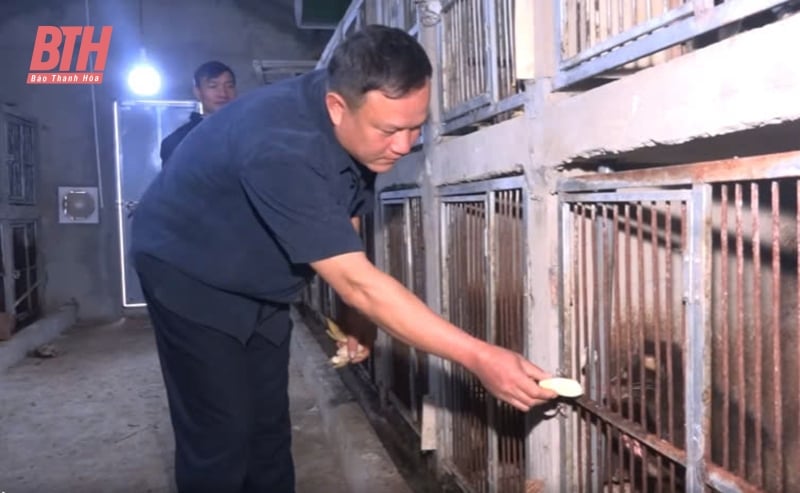
![[Photo] Party and State leaders attend the special art program "You are Ho Chi Minh"](https://vphoto.vietnam.vn/thumb/1200x675/vietnam/resource/IMAGE/2025/5/18/6895913f94fd4c51aa4564ab14c3f250)
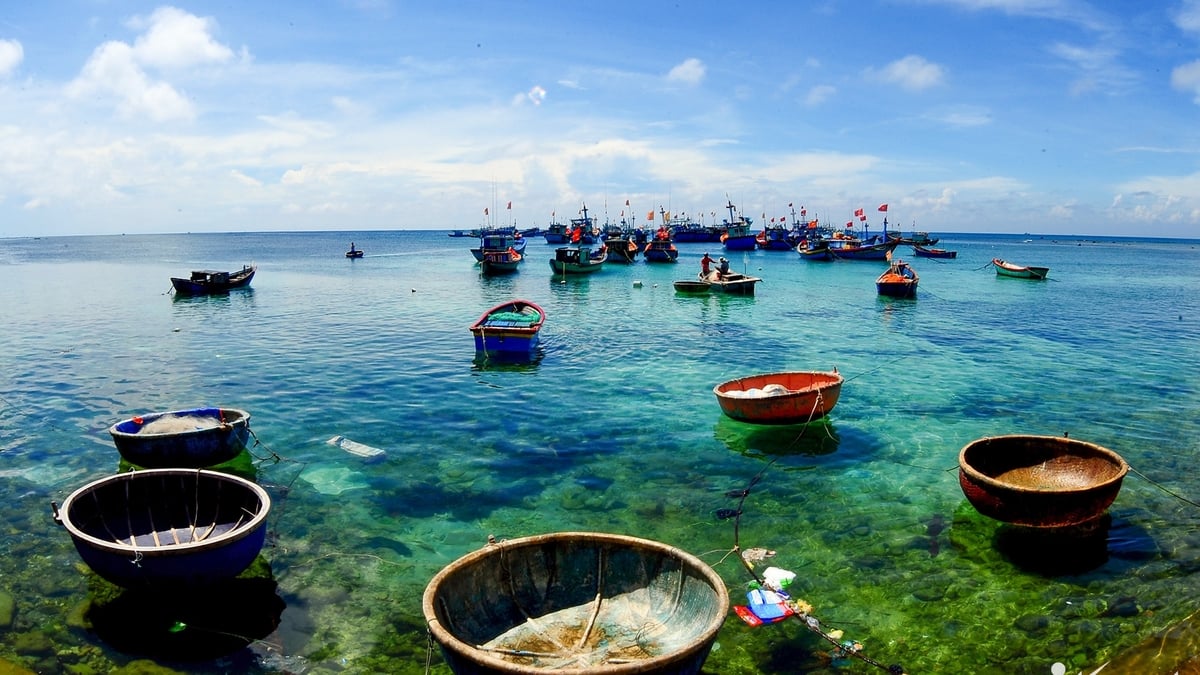
![[Photo] Party and State leaders visit President Ho Chi Minh's Mausoleum](https://vphoto.vietnam.vn/thumb/1200x675/vietnam/resource/IMAGE/2025/5/19/d7e02f242af84752902b22a7208674ac)
![[Photo] Special flag-raising ceremony to celebrate the 135th birthday of President Ho Chi Minh](https://vphoto.vietnam.vn/thumb/1200x675/vietnam/resource/IMAGE/2025/5/19/1c5ec80249cc4ef3a5226e366e7e58f1)

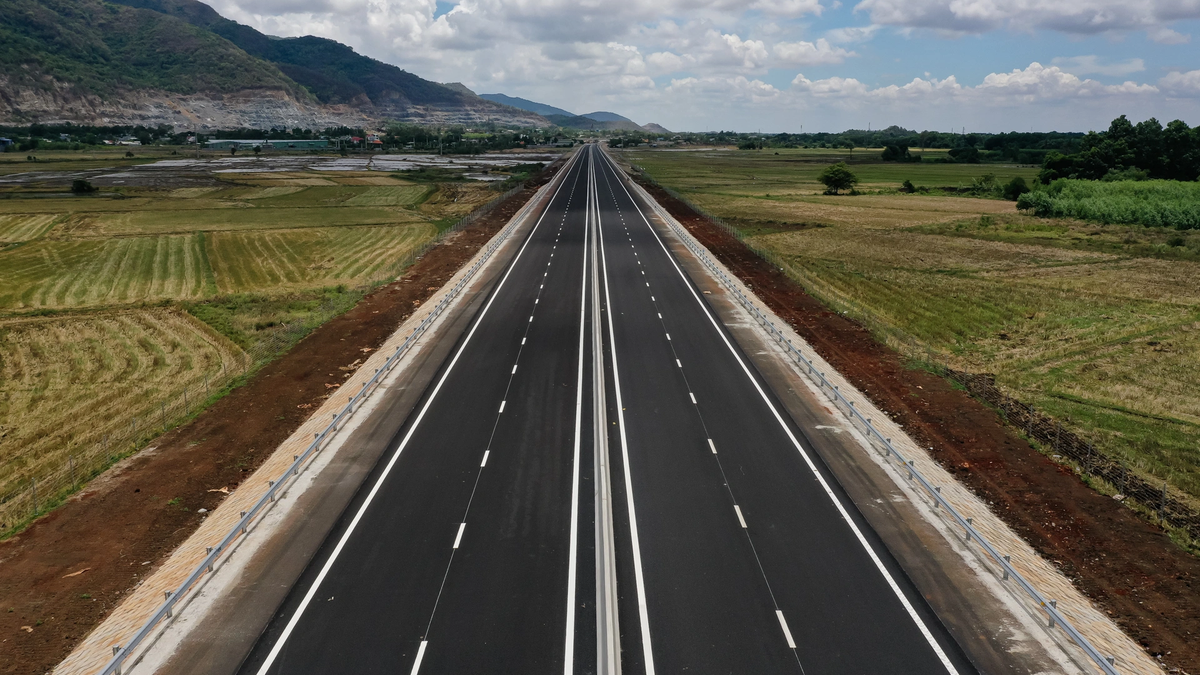





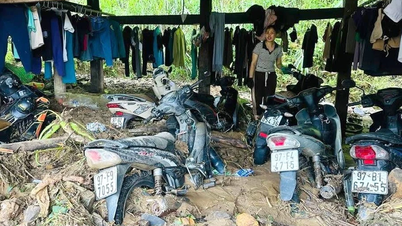

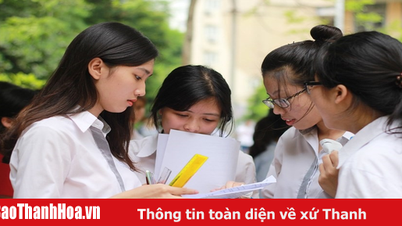
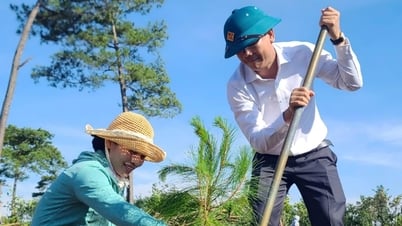





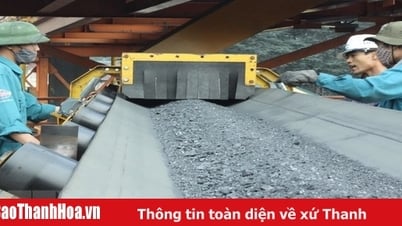
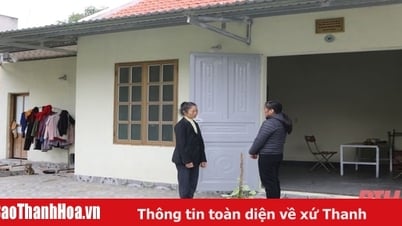
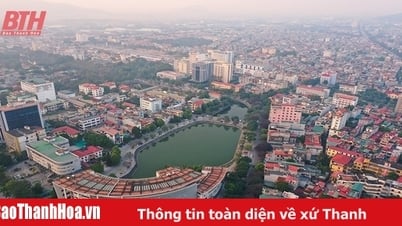
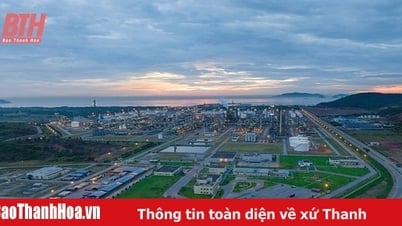
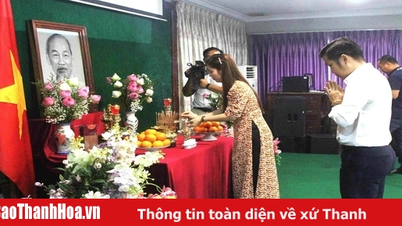

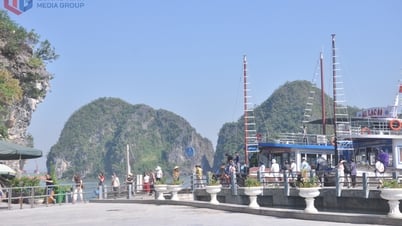


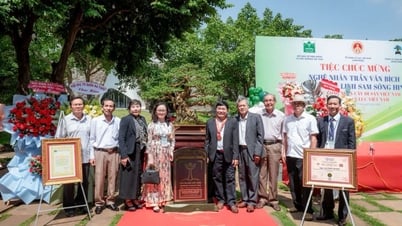









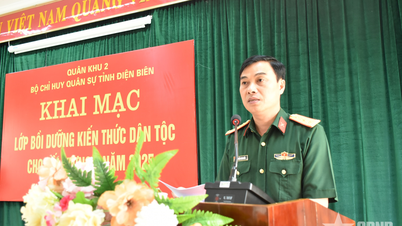
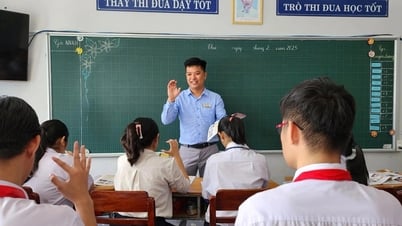

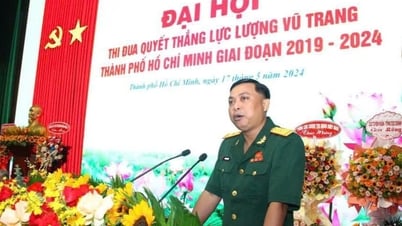

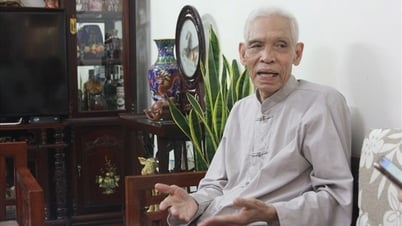

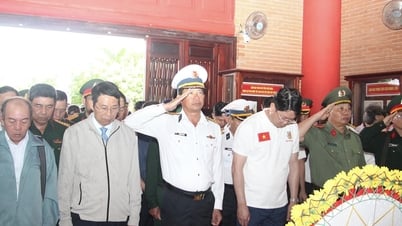

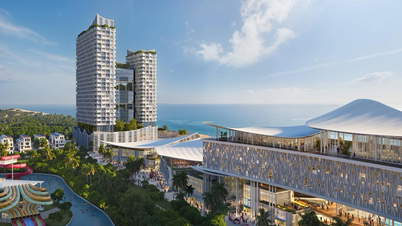

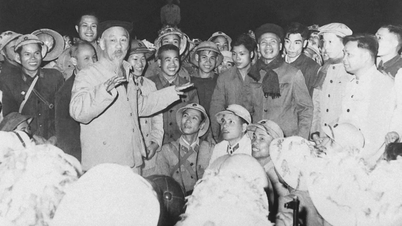
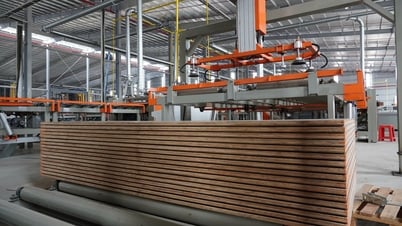
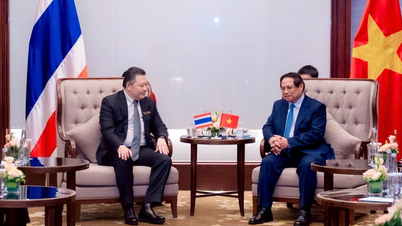
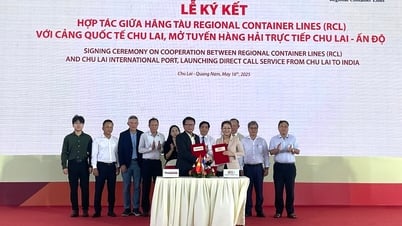





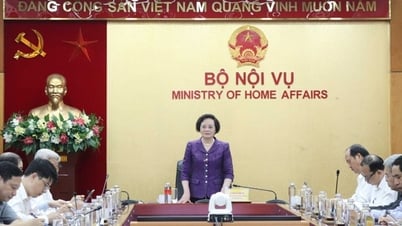

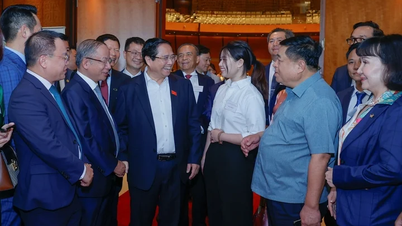

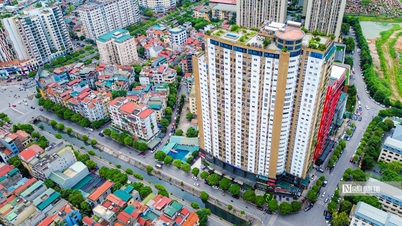

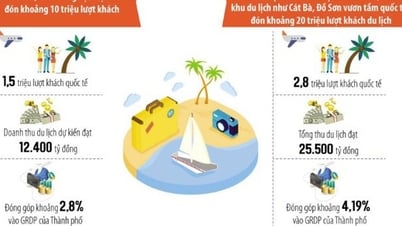
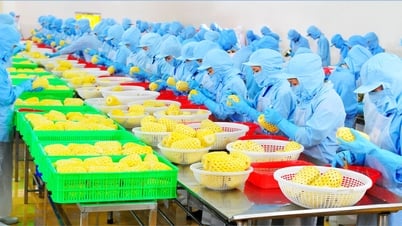


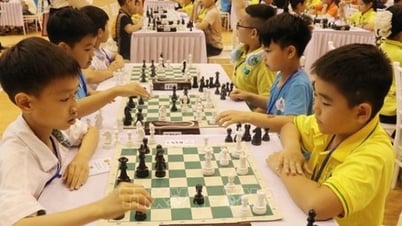
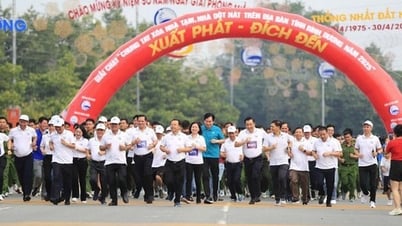

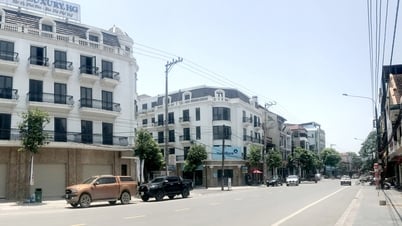

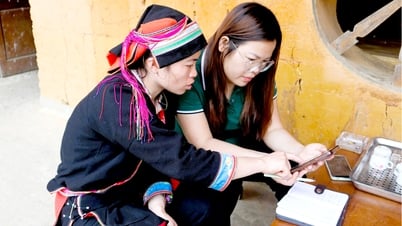
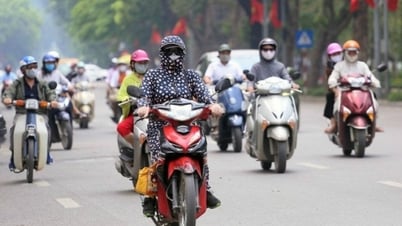

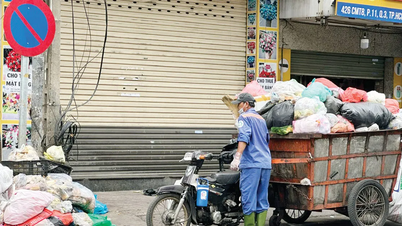

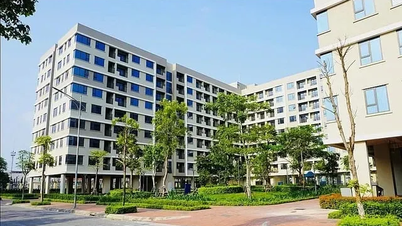
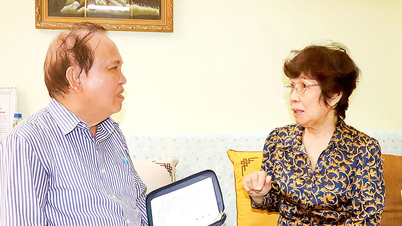










Comment (0)